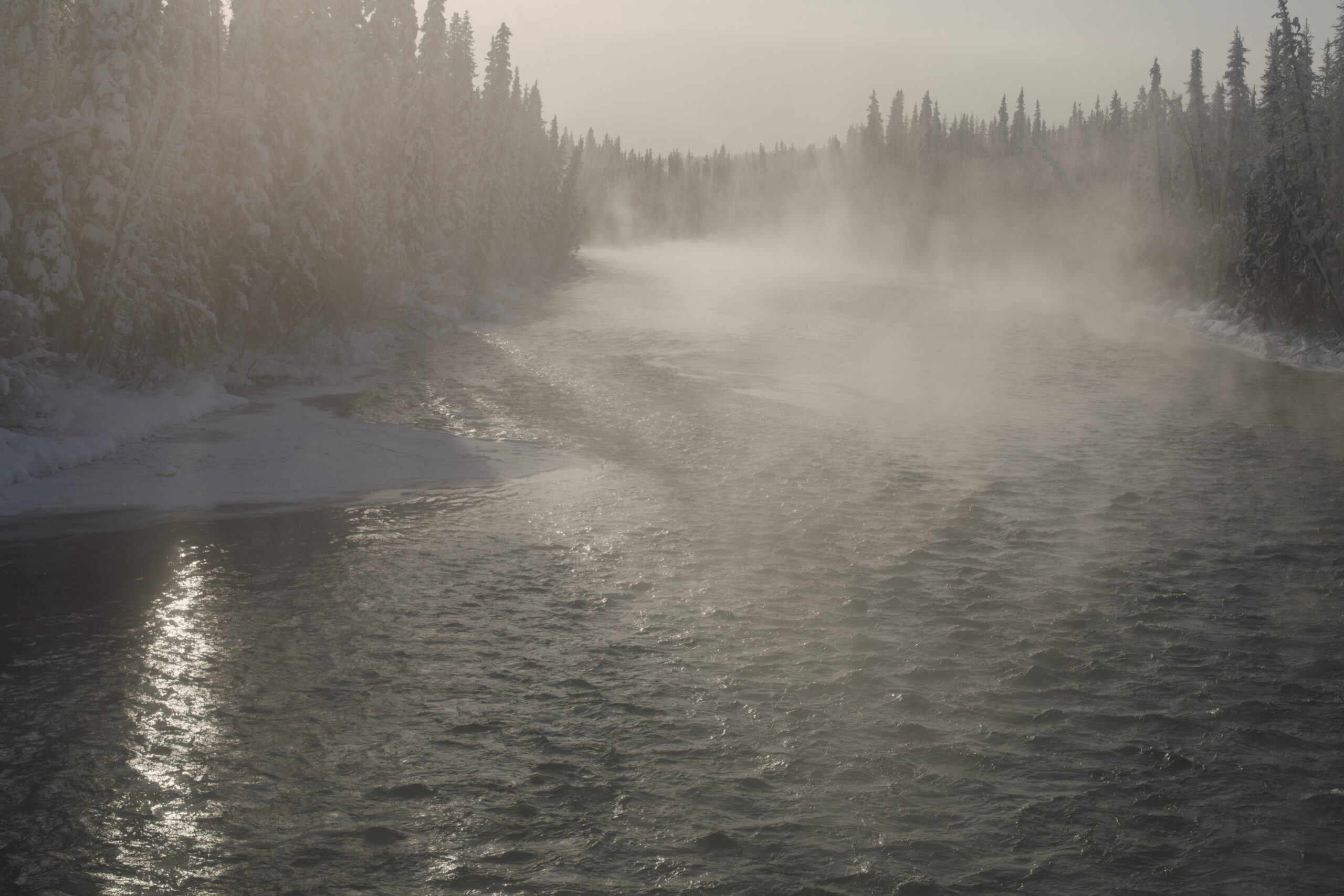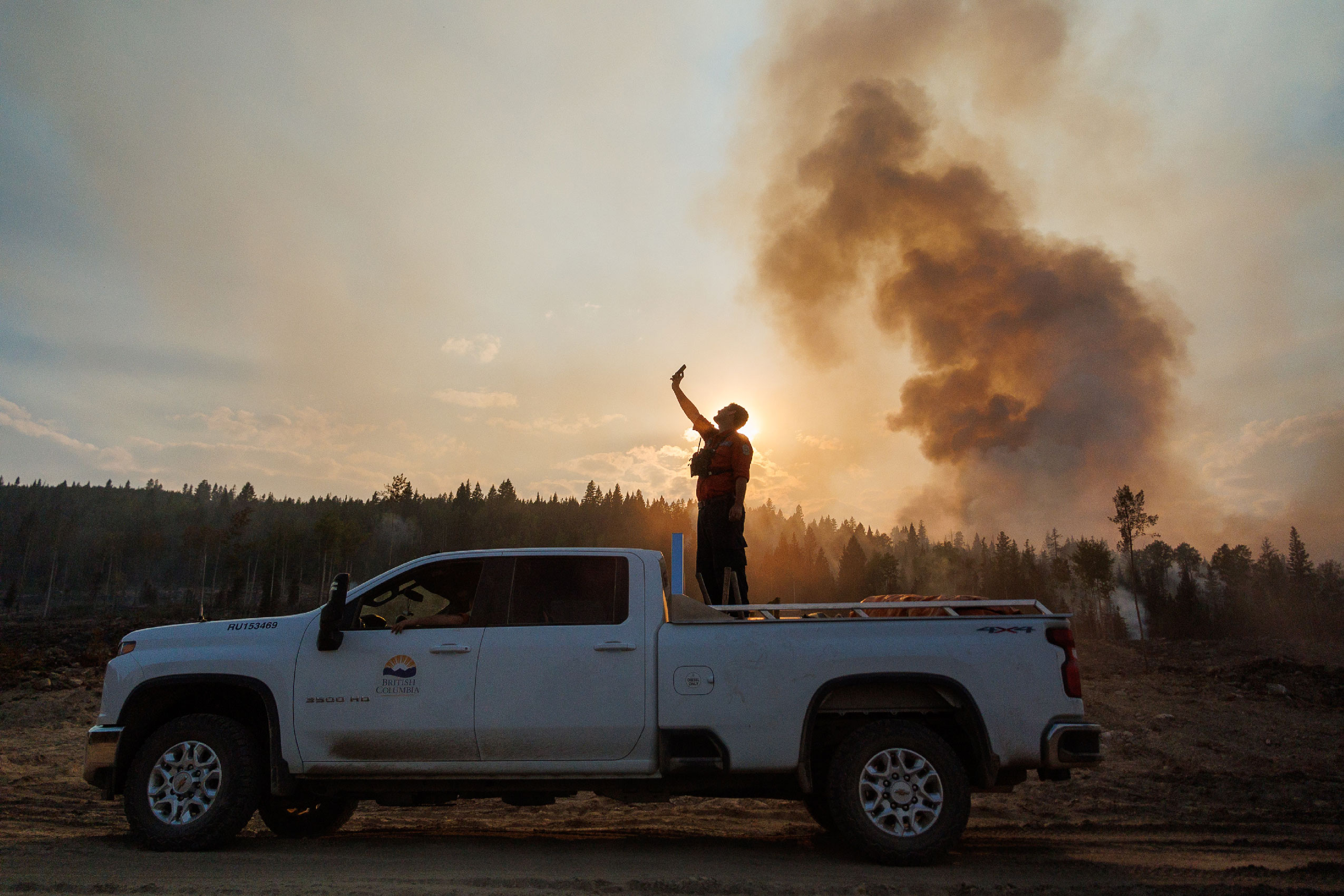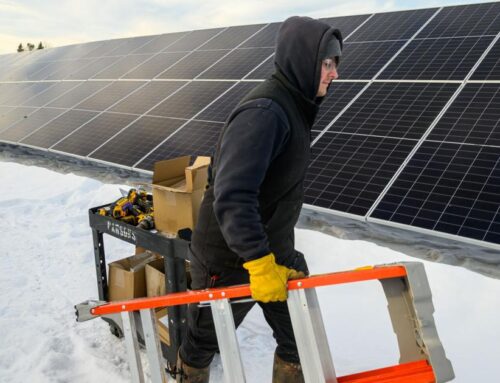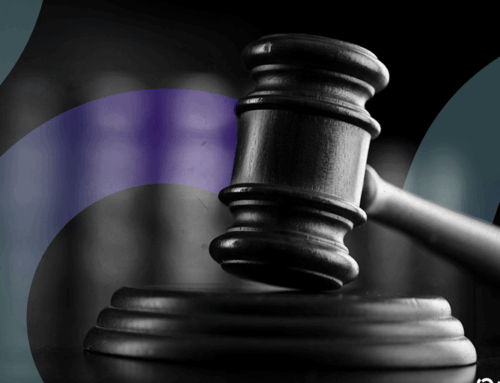What the federal election results mean for the environment
April 28, 2025
Get the inside scoop on The Narwhal’s environment and climate reporting by signing up for our free newsletter.
Canada’s 2025 federal election campaign started on the heels of a prime minister stepping down and a tariff war brewing across the border. The dramatic twists upended what was an assumed Conservative win to instead keep the Liberals in power for their fourth consecutive term.
Mark Carney — who took over as Liberal party leader after Justin Trudeau stepped down in January amid party infighting and tanking poll numbers — led the party to victory in an extremely tight election. The former central banker of both Canada and England and longtime advocate of climate action has presented himself as the guy best positioned to handle Canada’s economic crisis, inflamed by U.S. President Donald Trump, a severe housing shortage and a slew of other pressures. The pitch has worked as voters overwhelmingly cast their vote for the man one supporter exuberantly dubbed “big daddy” at a rally in early April.
Making several references to deteriorating Canada-U.S. relations, the freshly elected Prime Minister Mark Carney said “we are going to build — build, baby, build” — referencing the energy corridor the Liberals promised in their platform as leaders looked to less reliance on the U.S. for energy, and vowing to work in partnership with provinces, territories and Indigenous Peoples. “It’s time to build Canada into an energy superpower in both clean and conventional energy,” Carney said.
The Liberal win comes as a blow to the Conservatives led by Pierre Poilievre, which prior to Trudeau’s resignation had led polls by huge margins. For the past year, Poilievre has been demanding an “axe the tax” election centred around the Liberals’ price on carbon emissions, attacking Trudeau for exacerbating the cost-of-living crisis (and leaving out that rebates were sent to almost every household in Canada).

But nine days before the election campaign got into full swing, Carney killed the consumer carbon tax, while also designing a relief package for Canadian businesses threatened by U.S. tariffs. Along with Trudeau’s departure, the moves seem to have hurt the federal Conservative party’s chances of success.
Despite Poilievre’s best efforts to repackage his motto to focus on the industrial carbon price with slogans like “scrap the Car(ney) tax,” the Conservatives lost. The federal Tories remain in opposition.
Carney’s Liberals will now have to navigate renewed tensions between economic and climate commitments, including building a national energy corridor and helping Canadians adapt to more extreme weather. Here’s what Prime Minister Mark Carney will mean for the environment.
The Liberals’ commitment to reducing greenhouse gas emissions has been overshadowed lately by the threat of Trump’s tariffs. Carney’s long track record as an international champion of action on climate change has also taken a back seat.
Before he became a politician, Carney repeatedly called for the world’s remaining fossil fuel reserves to be left unburned in the ground to reduce the emissions that are leading to global warming and the increased risk of extreme weather that comes with it. But with trade with the U.S. increasingly tenuous, Carney’s Liberals have promised to turn Canada into “a world leading superpower in both clean and conventional energy” to reduce reliance on our closest neighbour.

That includes creating an “energy corridor” to move natural resources across the country, and ease interprovincial and territorial trade. It’s not clear yet what combination of roads, rail and pipelines the Liberals intend to propose to meet this commitment.
Carney’s superpower pledge also includes a commitment of federal support to streamline infrastructure and extraction projects, including towards the Ring of Fire in northern Ontario, a rich source of critical minerals that could be used for electric vehicles, batteries and other technology needed to transition away from fossil fuels. Such support extends to energy, rail and road projects in the Arctic, where the Liberals have also pledged to expand Canada’s military presence.
While Carney repeatedly emphasized the urgency and importance of natural resource and energy projects on the campaign trail, he also said he would not force projects through against the will of Indigenous nations. How he will fast-track projects while fulfilling the constitutional duty to consult remains to be seen.
Unlike the Conservatives, the Liberals used space in their platform to discuss how to help Canadians prepare for and cope with extreme weather, the risk of which is increasing as the climate changes. That includes increasing financial support for farmers and ranchers looking to buy “more efficient” equipment and permanently doubling revenue protection for farmers under the AgriStability Program, to buffer against tariffs, extreme weather events and other external shocks.

In response to last summer’s devastating fires in Jasper National Park, the party promised to improve Parks Canada’s disaster response capabilities, including additional training and equipment for wildfire response teams, improving evacuation plans and updating building codes for new buildings. The Liberals also said they would protect natural areas that help mitigate flood and extreme weather risk, funding it through “a mix of conservation funding, climate change adaptation funding and … public private infrastructure investments.” The Liberals plan to pilot a Youth Climate Corps that would pay young people to learn to “respond to climate emergencies, support recovery and strengthen resilience.”
The re-elected Liberals also said they will create at least 10 new national parks and marine conservation areas, as well as 15 new urban parks. They say they will bolster Indigenous stewardship by establishing an Indigenous Guardians program in the Arctic and continuing to fund Indigenous-led conservation projects.
Carney’s biggest challenge will be proving to voters that a former central banker is the one to address the acute pocketbook challenges voters are worried about today — while manifesting these big environmental and energy proposals Canada needs to be ready for the future.
Updated on April 28, 11:04 p.m. PST: This story was updated to add a quote from Prime Minister Mark Carney.
Search
RECENT PRESS RELEASES
Related Post



